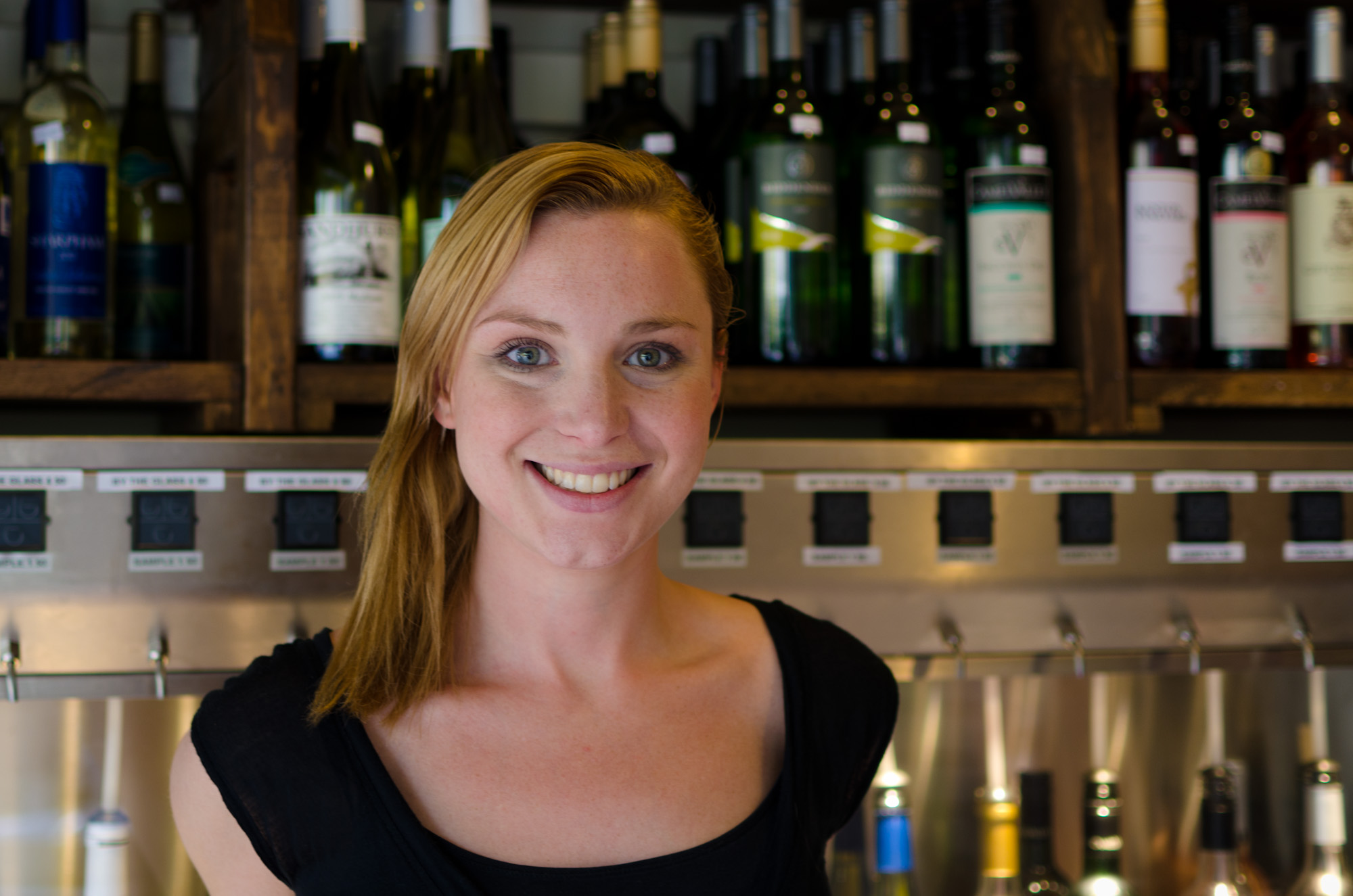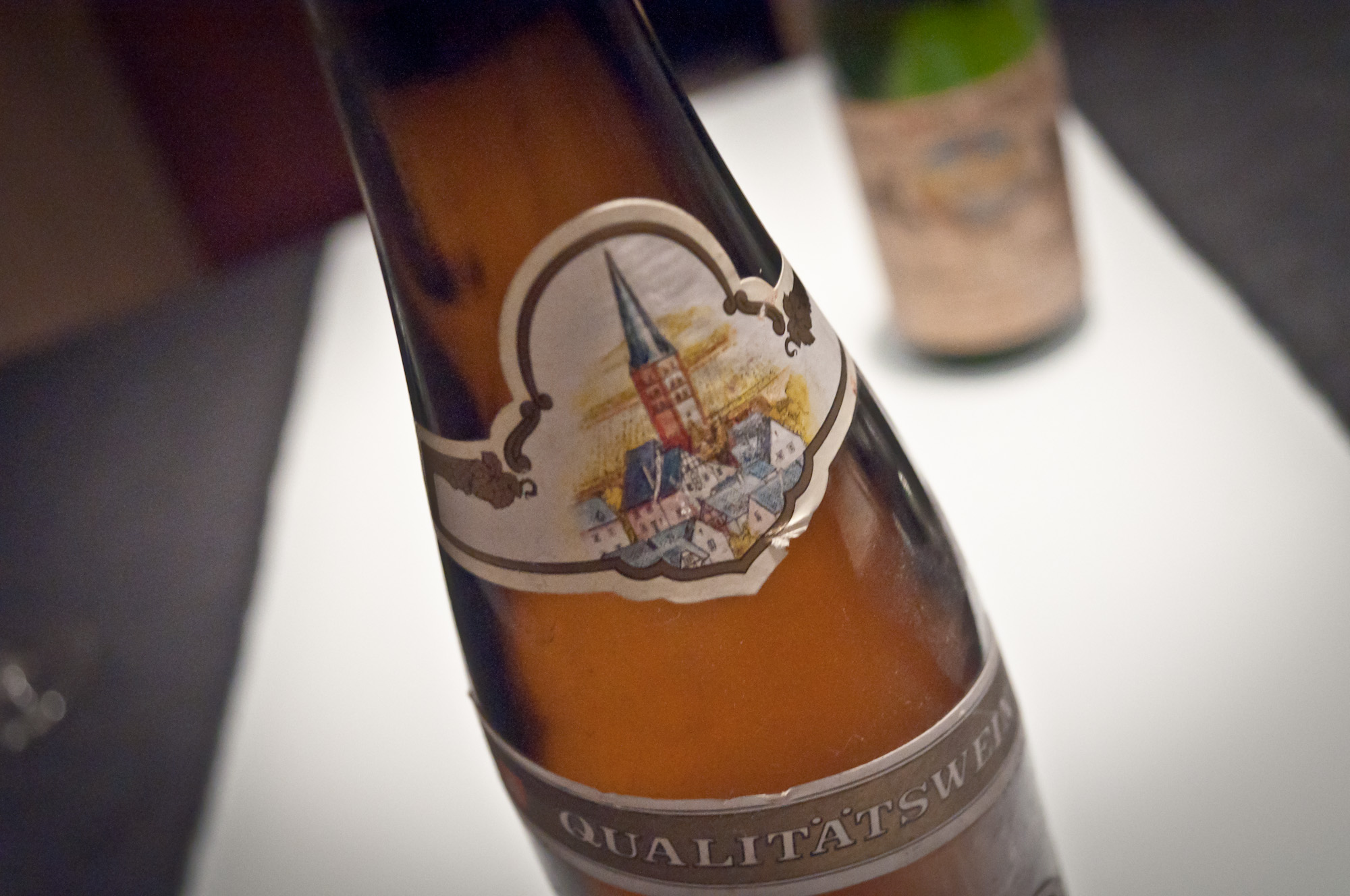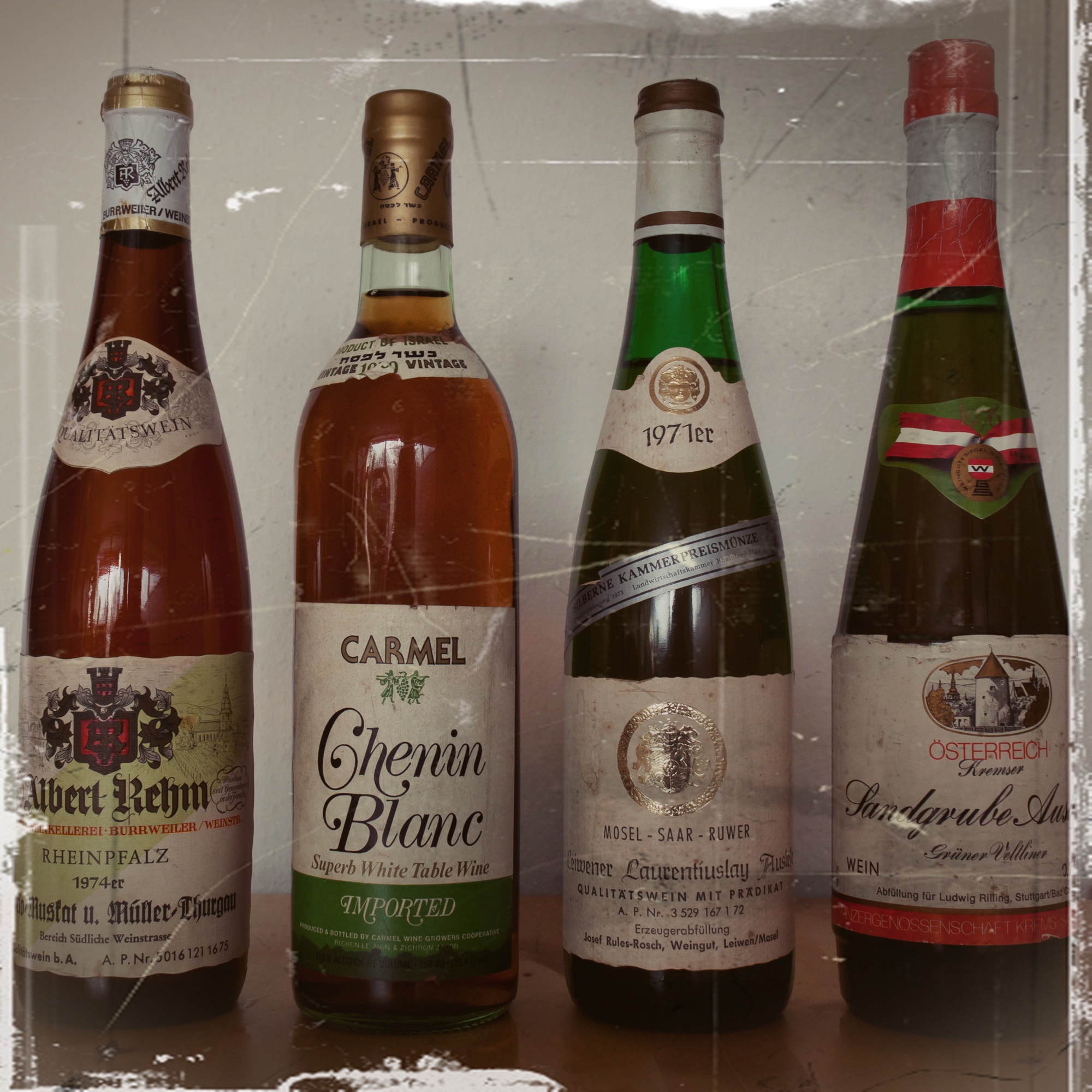London wine merchants: Wine Pantry, home of English wine
"Good luck to her, she may need it.", was the comment a wine loving Englishman made when I told him I was about to meet a woman who had just invested her life's savings in a shop. Not just any shop. A shop dedicated to English wine. To set this in context: when I tell people I blog about German wine I sometimes get the "is there such a thing?" look, or perhaps the "enjoy the Liebfraumilch" comment. These come from people who are not familiar with the wine world, otherwise they would know that some of the world's best wines come from Germany. Now imagine what the reaction is when someone dedicates their life to the cause of English wine - a cause that even wine professionals often respond to with the "is there such a thing" look. So there you have the above quoted reaction.

Enter Julia Stafford, a spirited woman who thought London could do with a shop dedicated to raise the glory of English wine: Wine Pantry at Borough market.








 Here, then, is a little report about four random wines whose history is open to anyone's imagination and who have absolutely nothing to lose in terms of taste.
Here, then, is a little report about four random wines whose history is open to anyone's imagination and who have absolutely nothing to lose in terms of taste. 